My first exposure to the existence of wine cellars, and for years after, my vision of what a wine cellar should be was in Edgar Allen Poe’s The Cask of Amontillado. Not to discount the great idea of bricking up one’s adversary, as described by Poe, but most of us have other reasons for building and maintaining a wine cellar.
Because we enjoy good food and wine, having several choices available at a moment’s notice is the single greatest advantage to having a cellar. Other reasons are: lying down to improve the flavor, long term investment, and saving money.
Storing wine to improve the flavor does not necessarily mean buying first growth Bordeaux to drink with your grandchildren. I firmly believe that wine suffers some “shock” when transported, even from the local wine shop to home and needs several days from the trauma of your car’s back seat ride.
Most wines released from distributors are meant to be drunk quickly (soon I mean), but there are many wines that benefit from aging. Big tannin California Cabernets, Syrah, classified growth Bordeaux, most Burgundies, even some of the big chalky Chardonnay develop balance as the tannin acids mellow. There should be space allocated in every cellar for these long term guests.
Investing is probably the least important reason to own a cellar, but if one is willing to do one’s home work and enjoys a bit of gambling it can be fun. When I was working for a national wine publication I had current information on weather and vineyard conditions through several sources. They all pointed to the fact that 1990 was going to be a very good year in Bordeaux, California and Italy. The gamble was torrential rainfall or hailstorms just before harvest. So I invested in Bordeaux futures that year. What was my down side? A lot of first growth wine to drink for years to come. Not so bad I thought. It turned into one of the best decisions I ever made financially, as my investment more than tripled in value in less than five years, and I still had great wine to drink.
Saving money can mean having room to store some bulk purchases properly, or it can mean taking advantage of the case discount most wine shops offer. When one of my friends decided to retire early and sell his furniture, house, car and most of his wine collection, I was able to get a fantastic deal on 1983 Margaux (he kept the famous 1982s) It would have been a sin to take those great wines and not offer them a proper resting place.
The ideal conditions of a wine cellar are few but important. The bottles should be stored in a dark space on their sides to keep the corks moist, and the temperature should be a cool 55-60 degrees. The exact temperature is not as important as is consistency. Climate control equipment such as CellarMate is available to properly control wine cellar temperature.
Allocating a closet for conversion to wine storage or renovating a large space with a theatrical theme for a dramatic wine tasting area are both exciting and fun projects for the home owner, and adds greatly to the enjoyment of wine. To quote the great wine writer Hugh Johnson, “Wine asks for two things: to be kept lying quietly in a dark cool place, and to be served generously!”
Fred B.Tregaskis is owner of New England Wine Cellars, designers and builders of wine cellars worldwide, and host of “A Moment in Wine” on NPR affiliate WHDD 91.9 Web page: www.newcellars.com

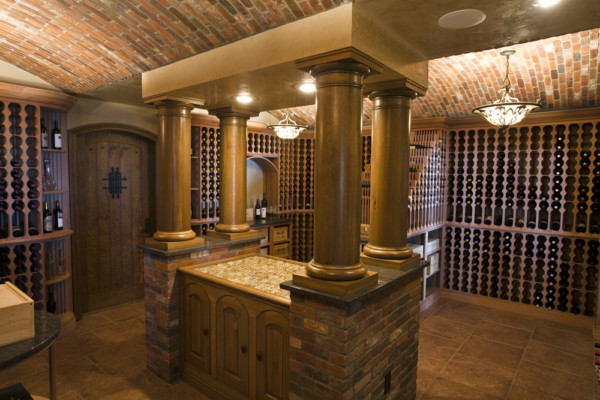
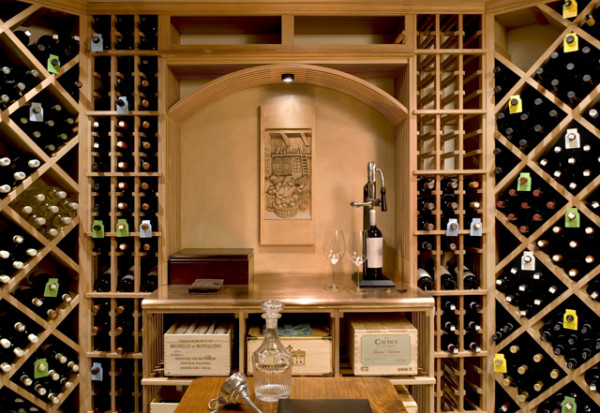
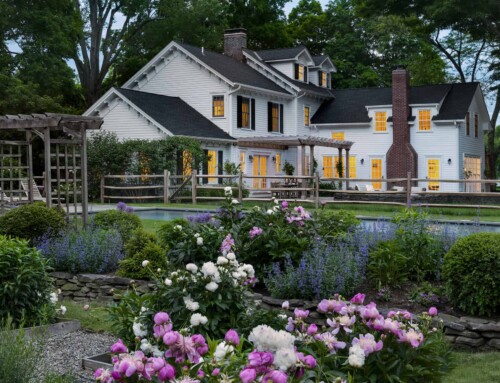


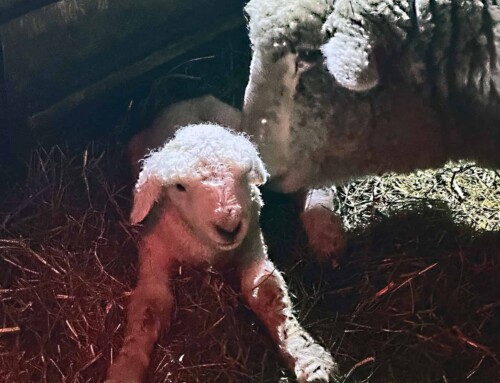
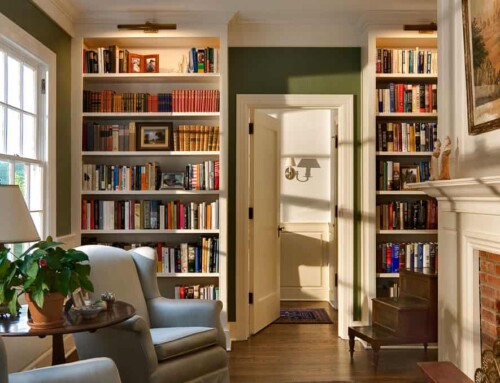
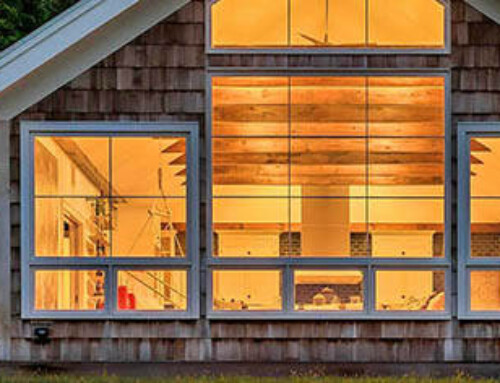

[…] without hitting your heads, we have some fun ideas. We have turned basements in to home theaters, wine cellars, recreation rooms, home gyms, and even a pub. There is virtually no limit to the ways a basement […]
[…] without hitting your heads, we have some fun ideas. We have turned basements into home theaters, wine cellars, recreation rooms, home gyms, and even a pub. There is virtually no limit to the ways a […]